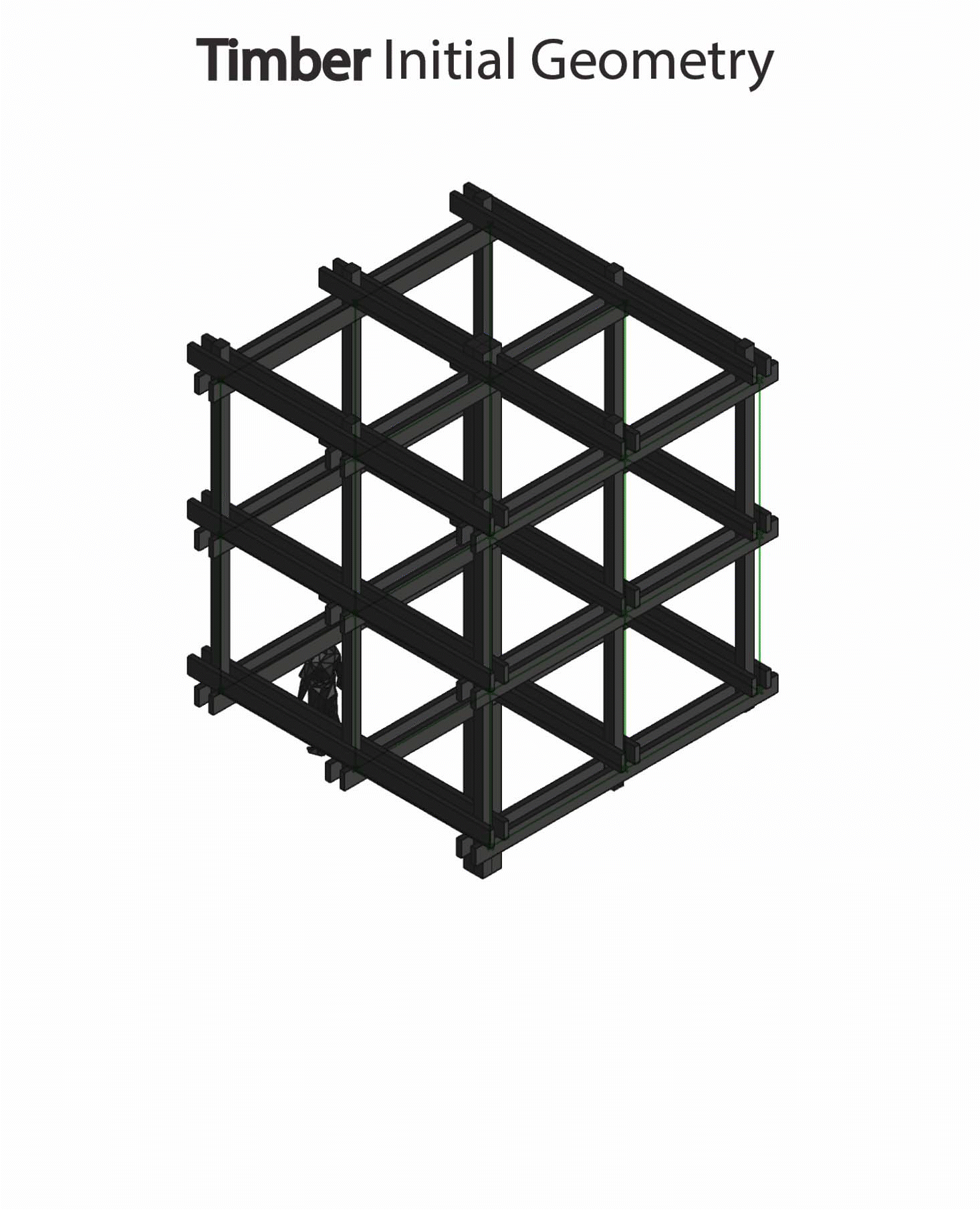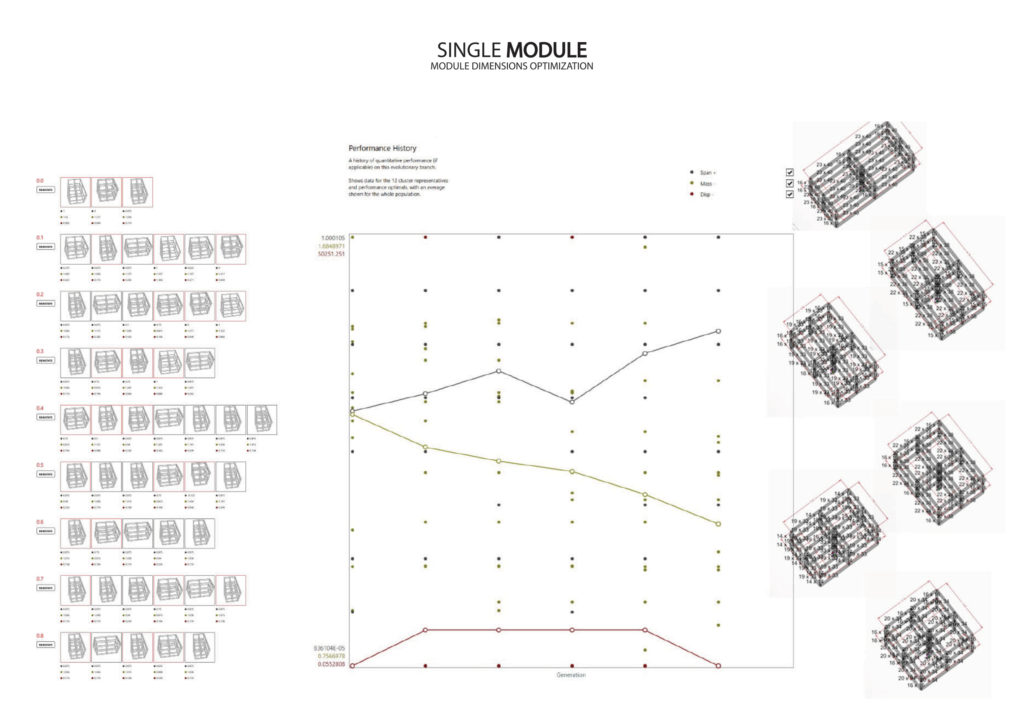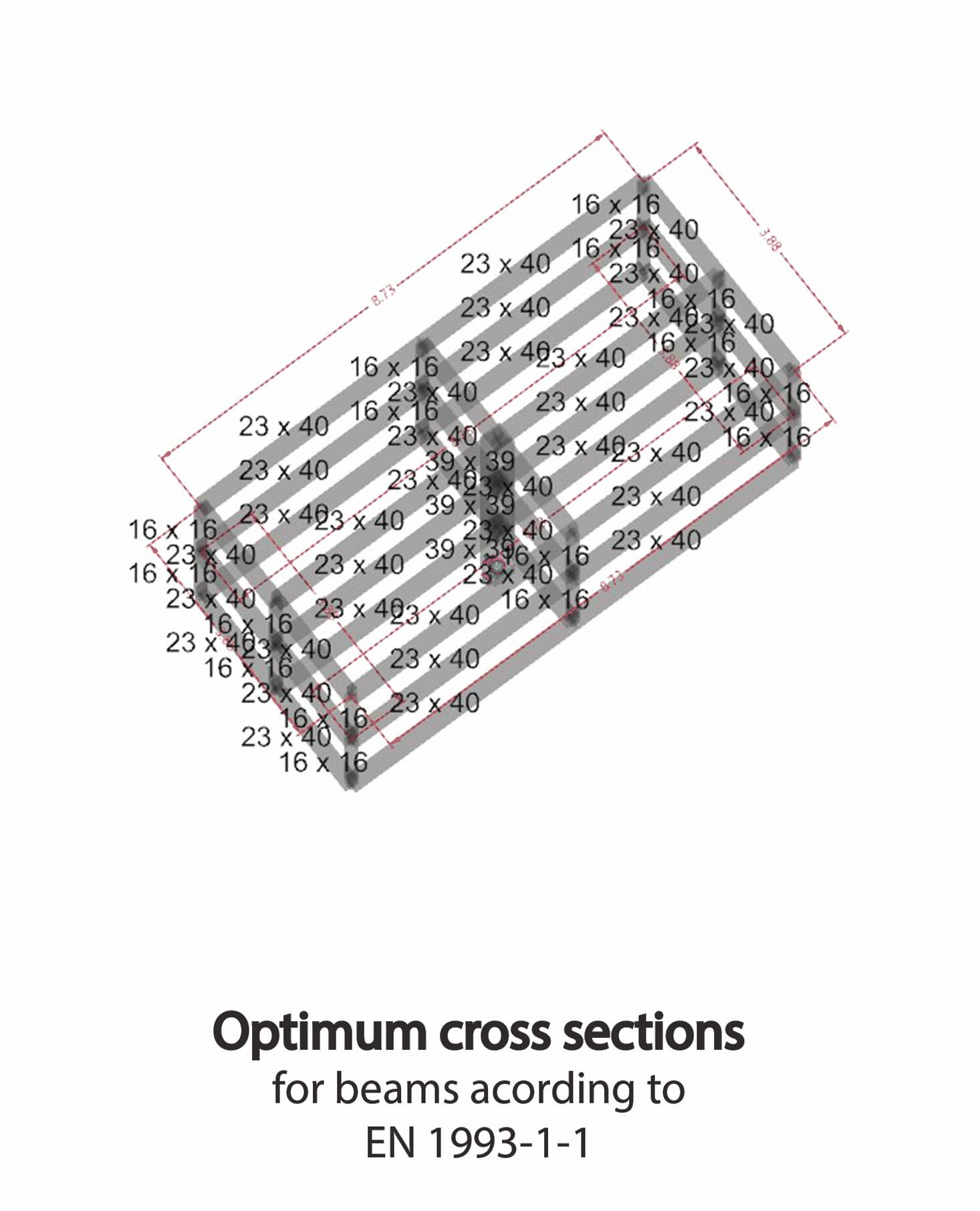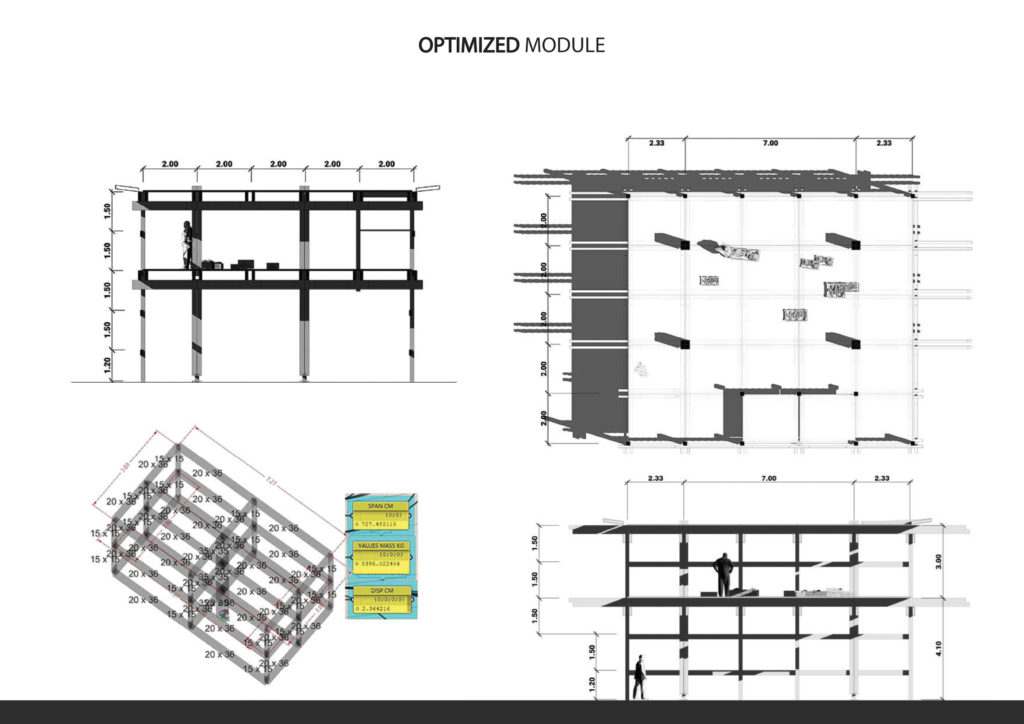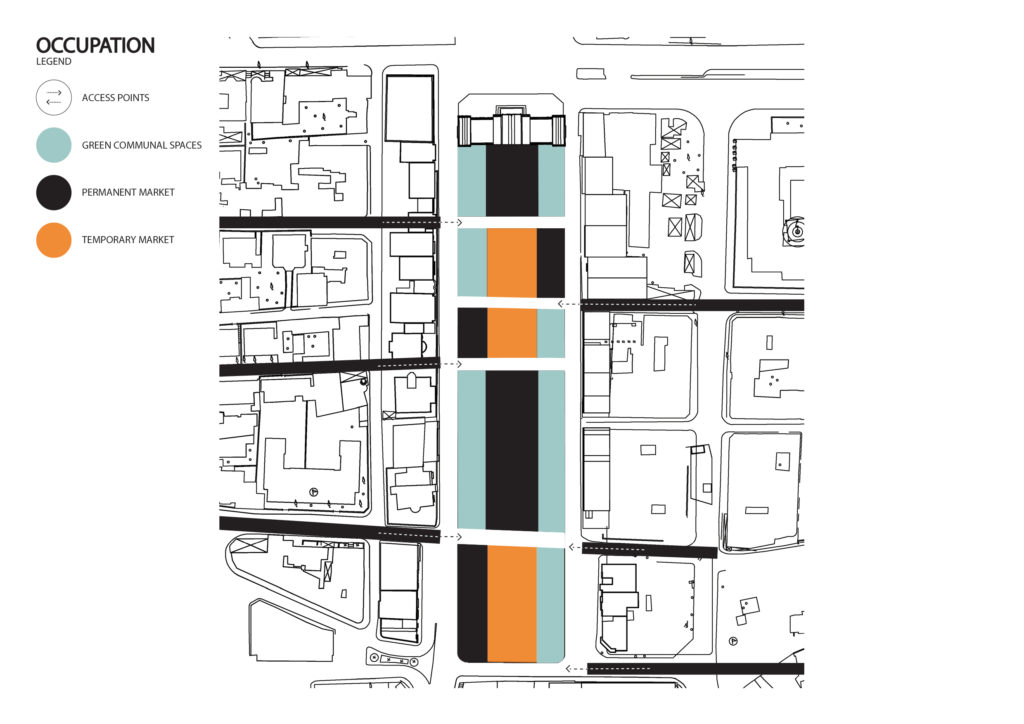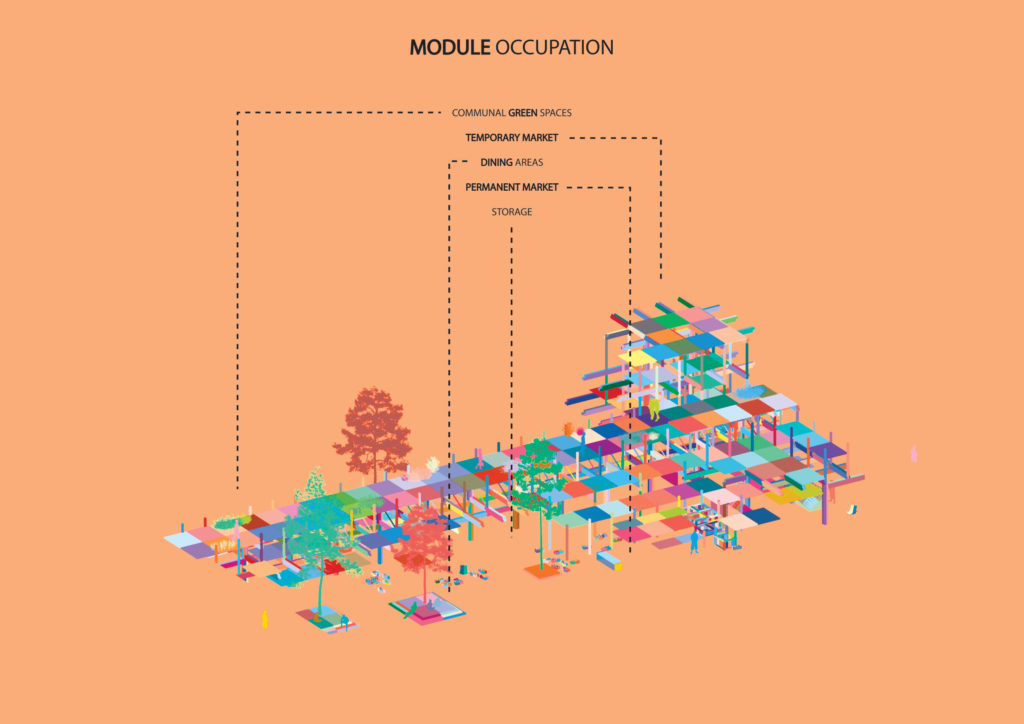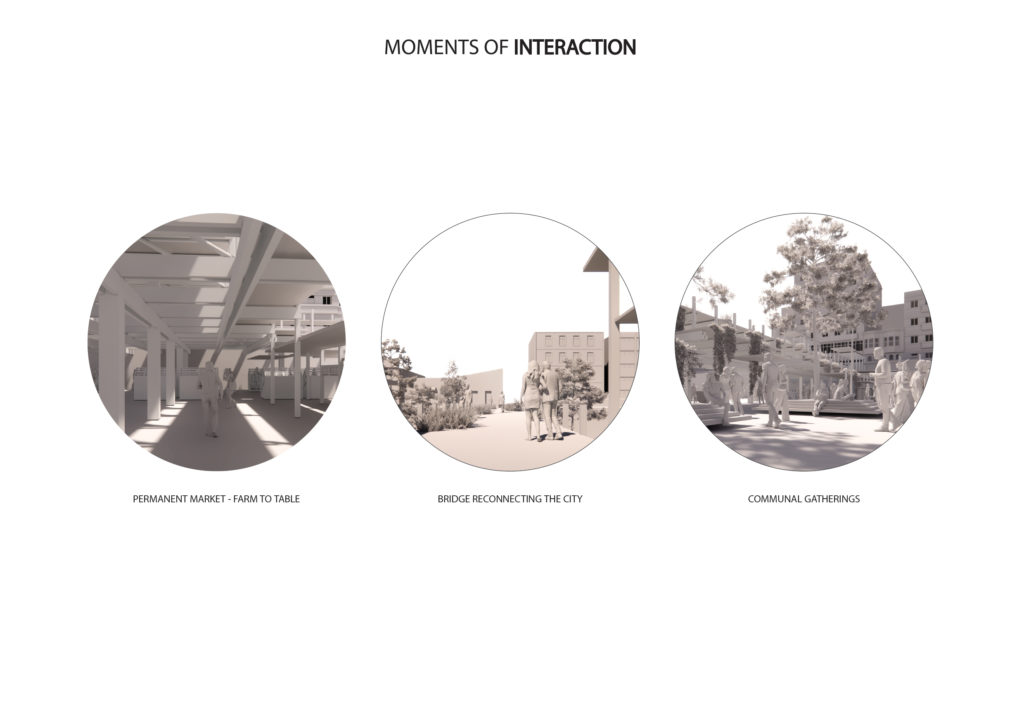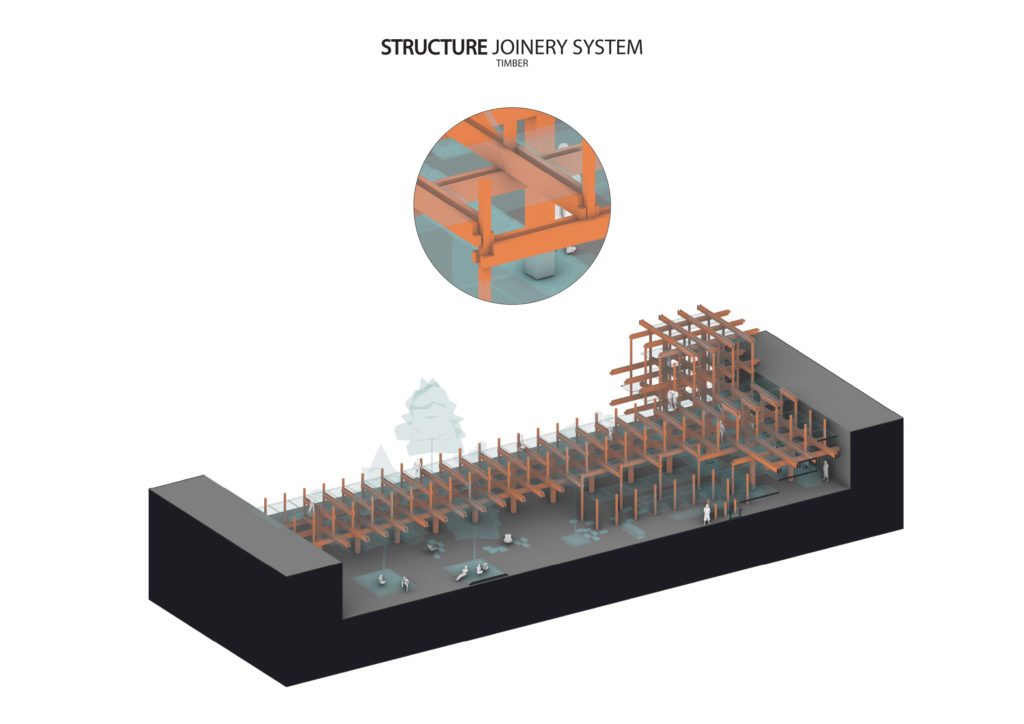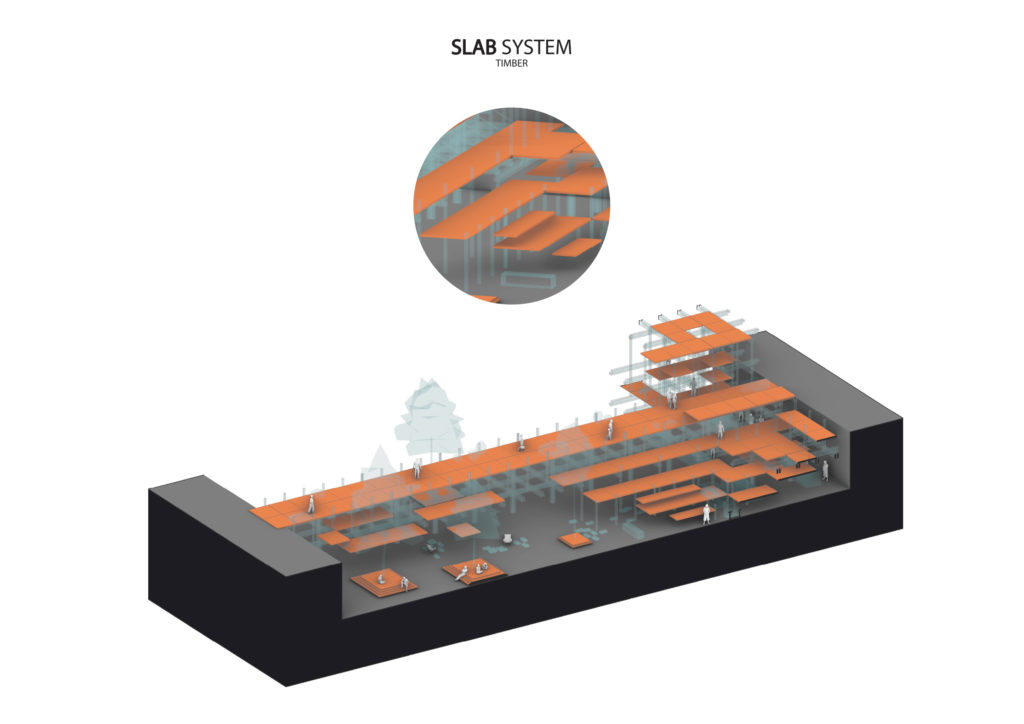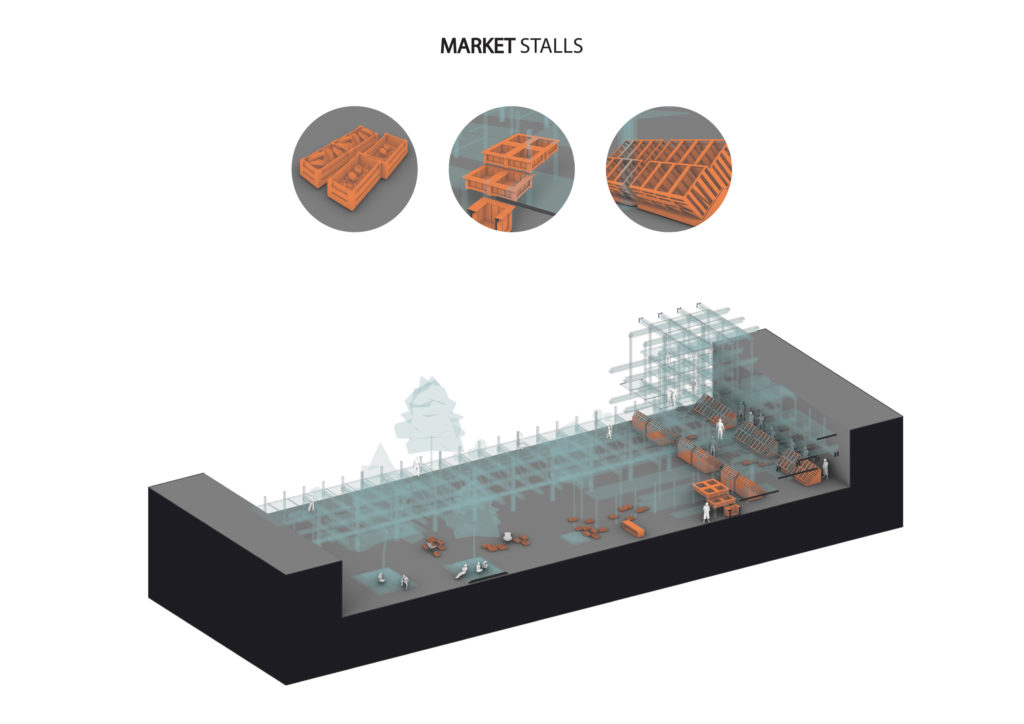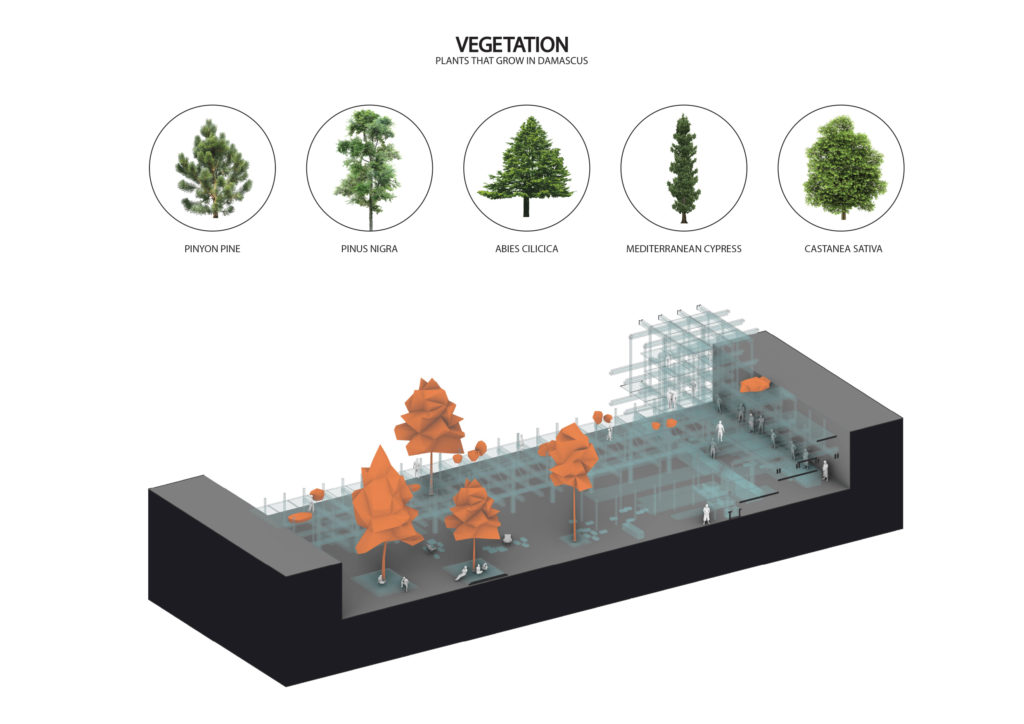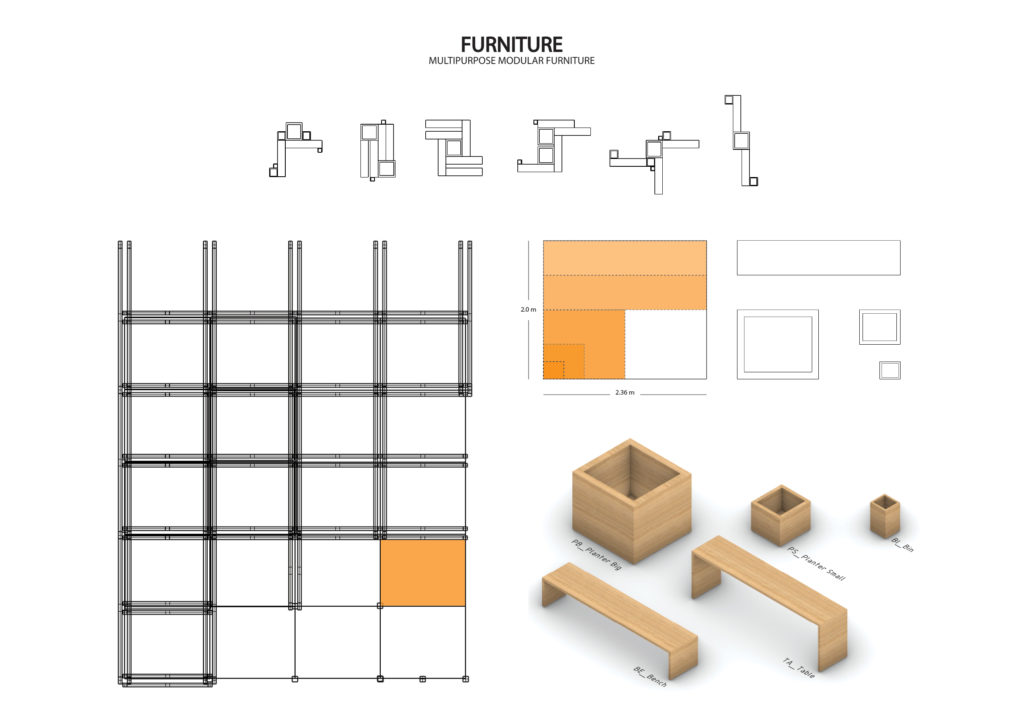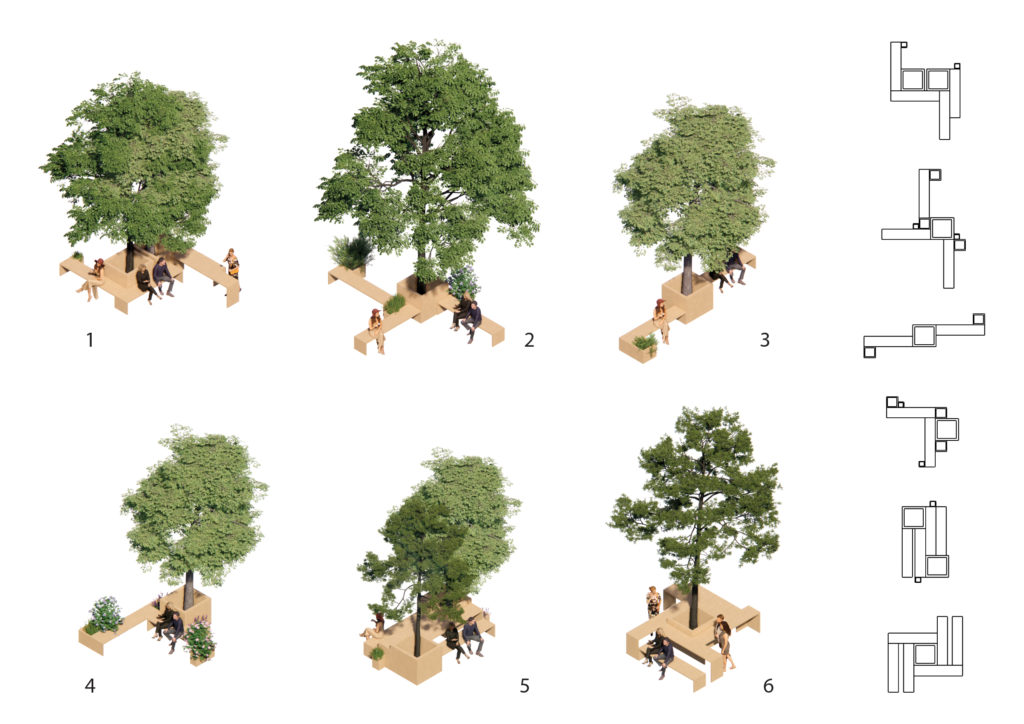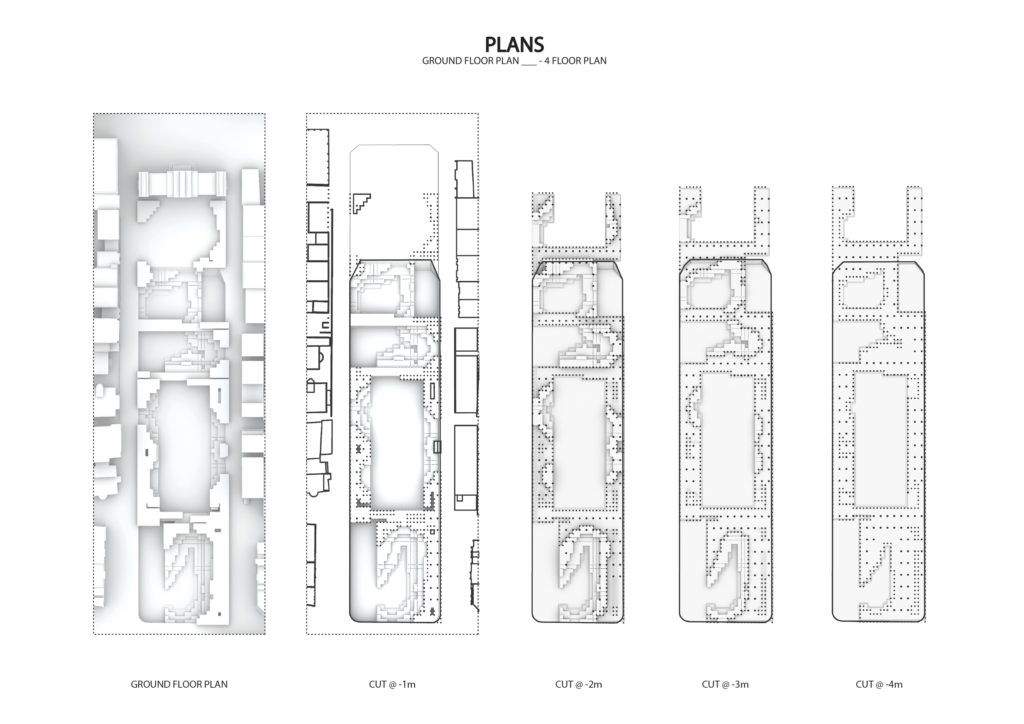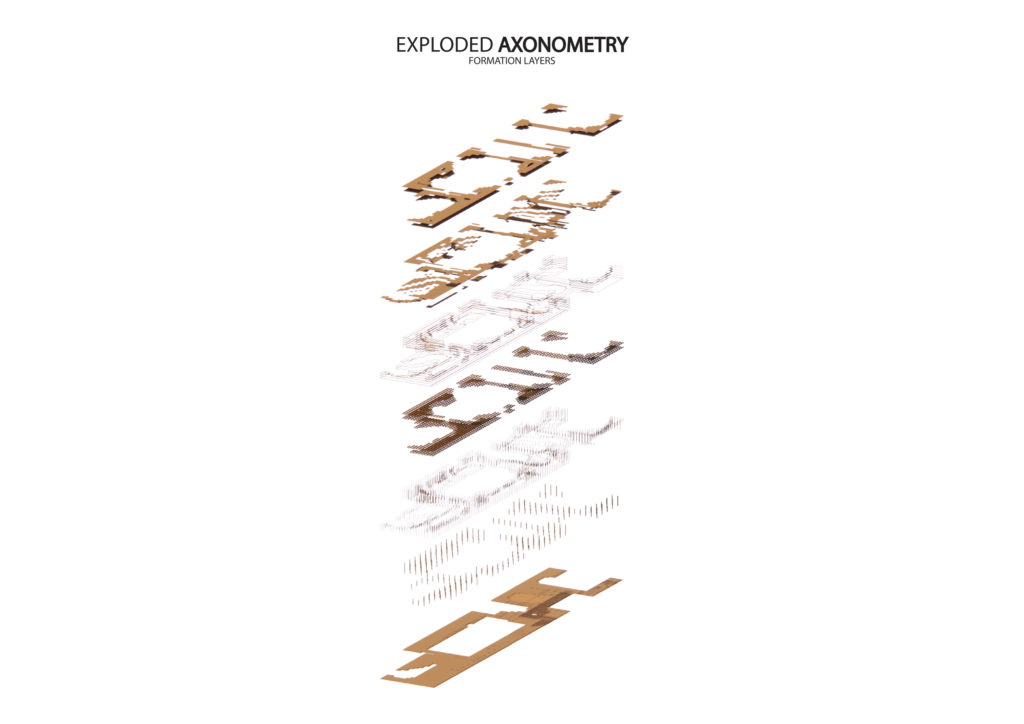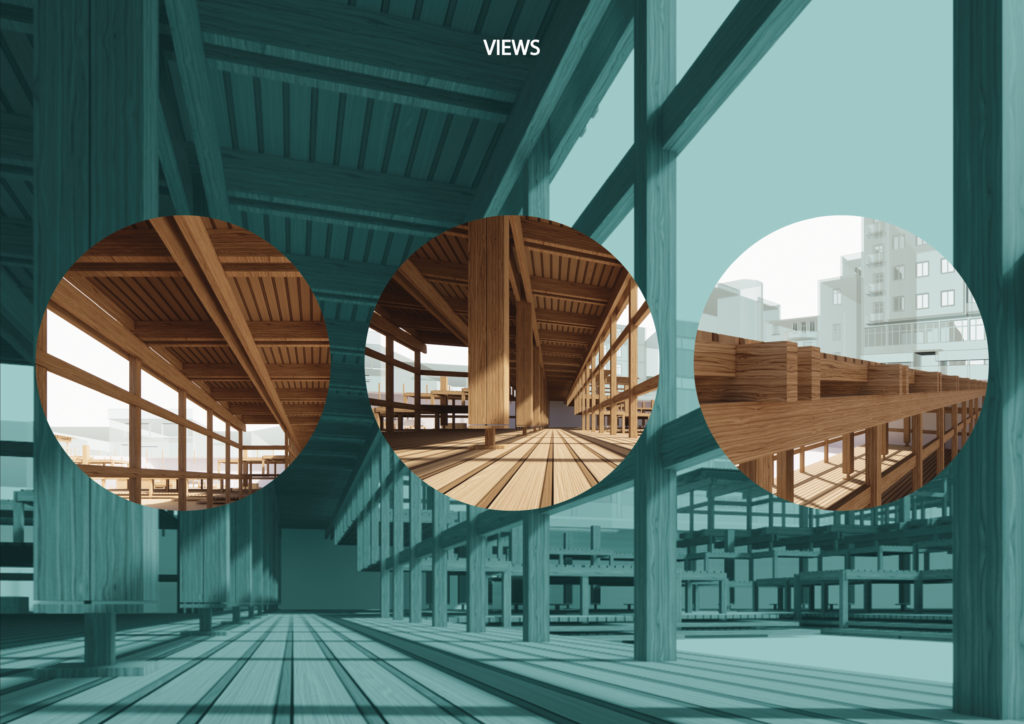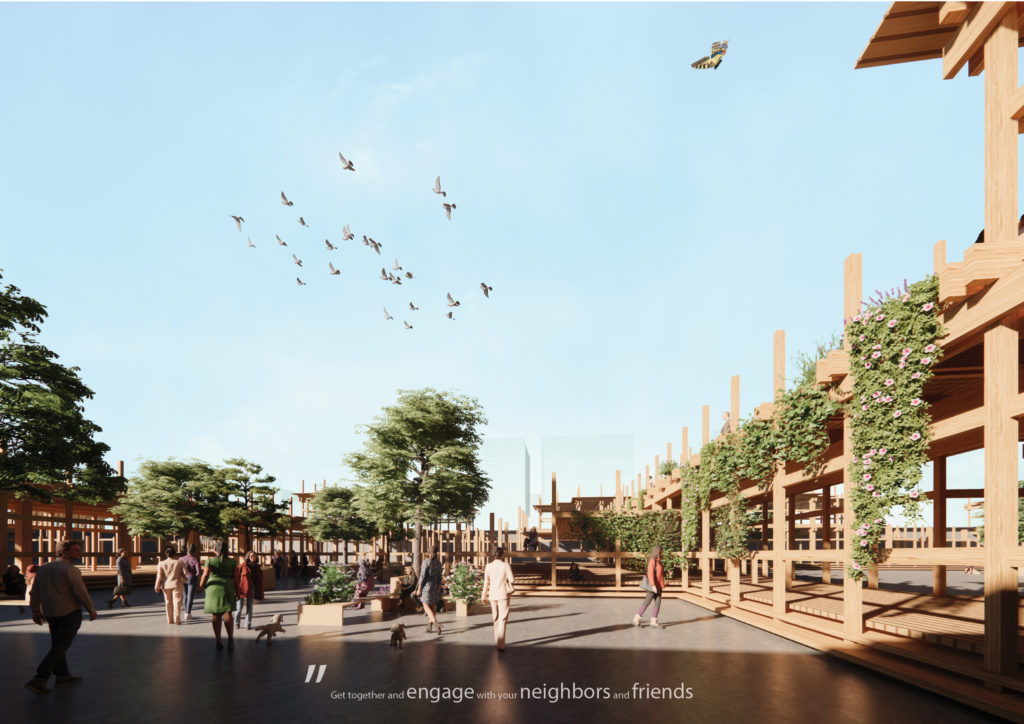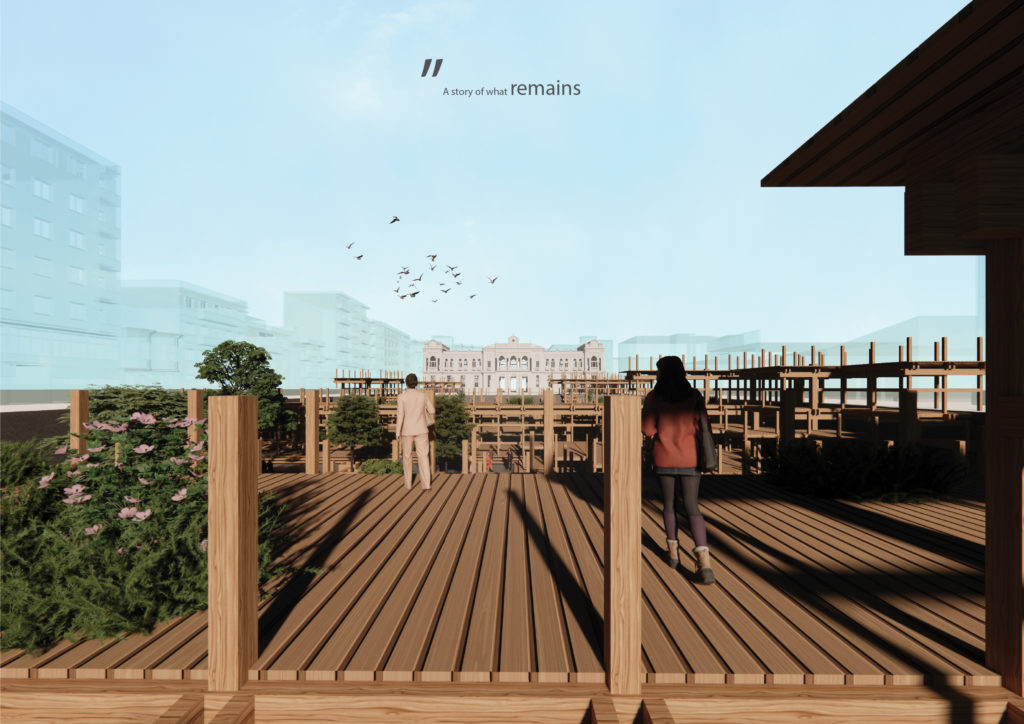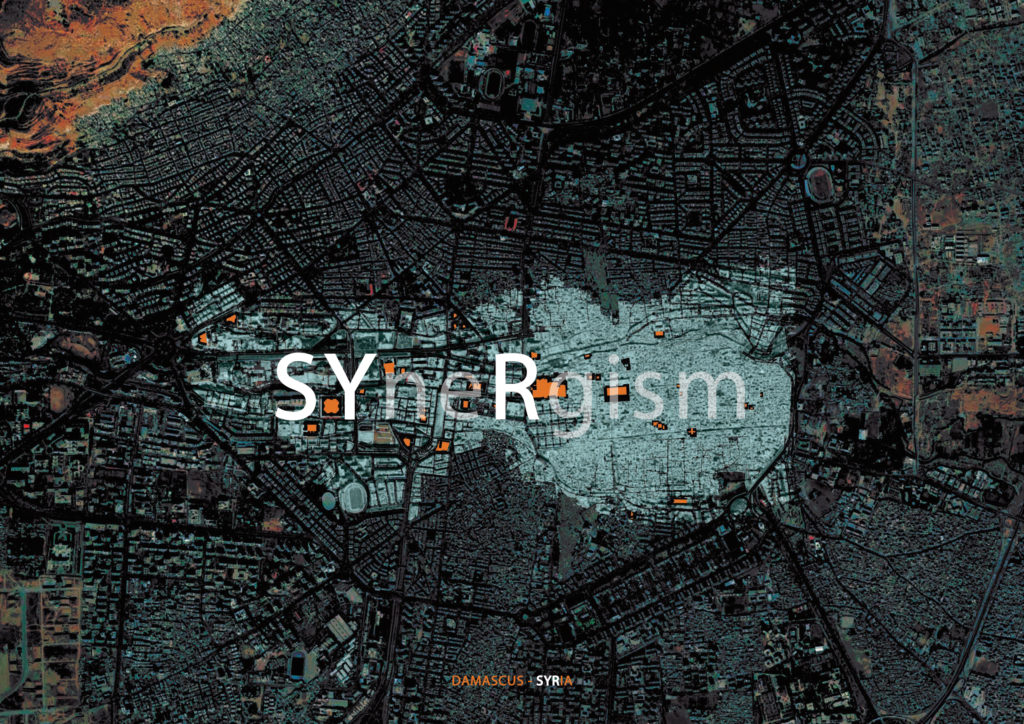
Synergism is the interaction and cooperation of two or more organizations, agents, or groups of people to produce a combined effect greater than the sum of their own.
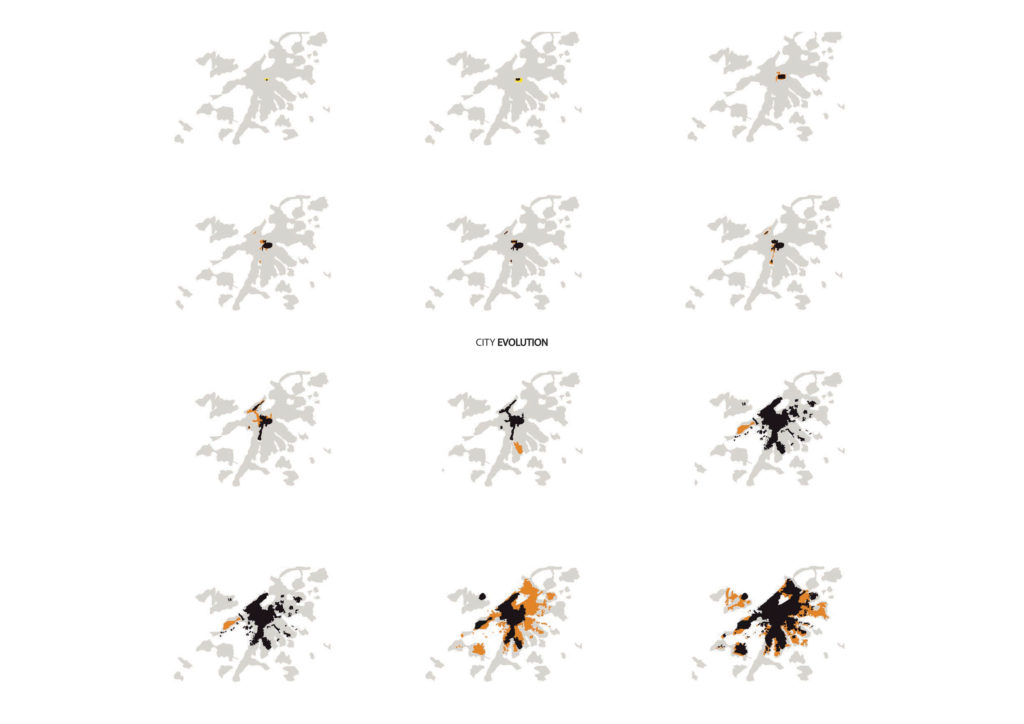
After analyzing how the city of Damascus has evolved over time, we saw how the city started slowly growing away from the Eastern inhabitable agricultural lands closer towards the West.

The implementation of the Hejaz railway station had a clear impact on the subdivision between east and west, and the intersection between the two falls just at the site.

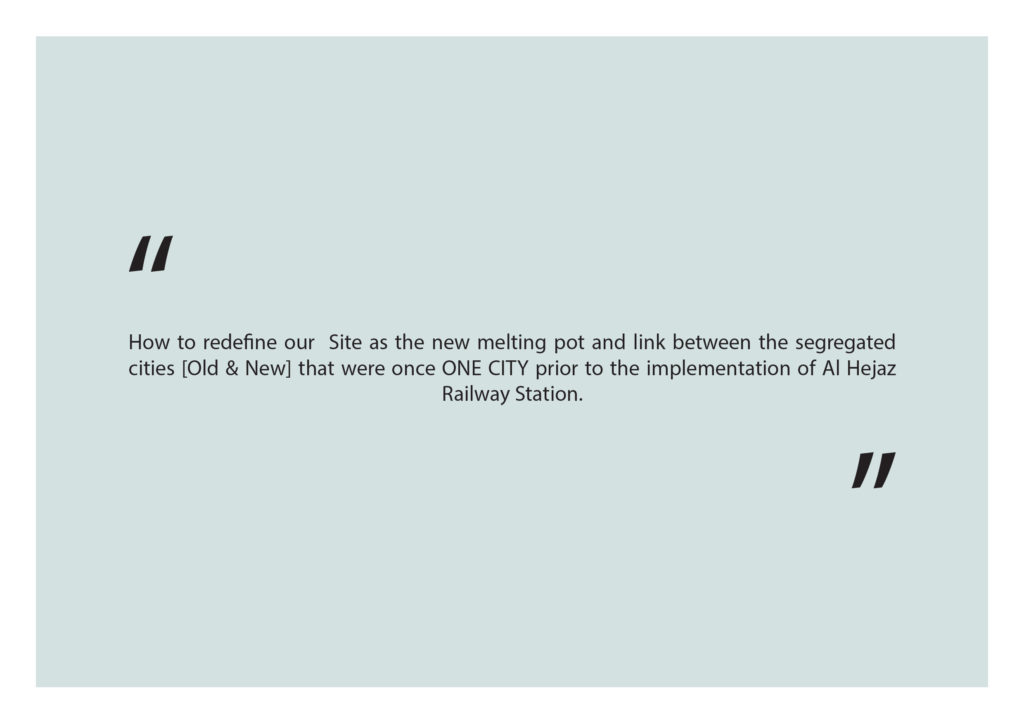
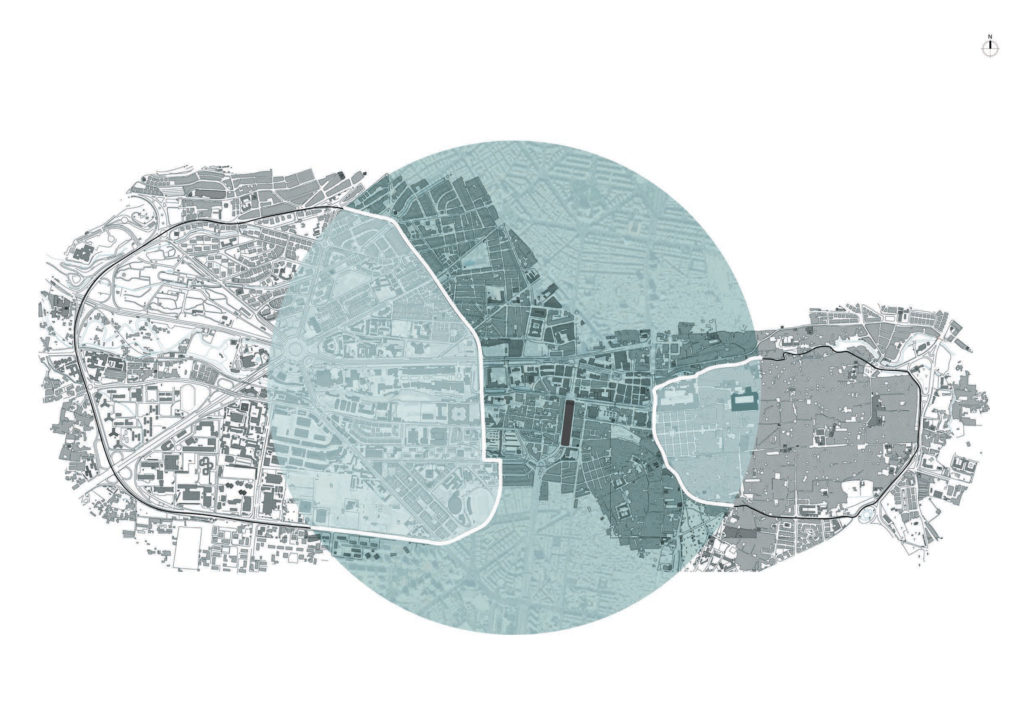
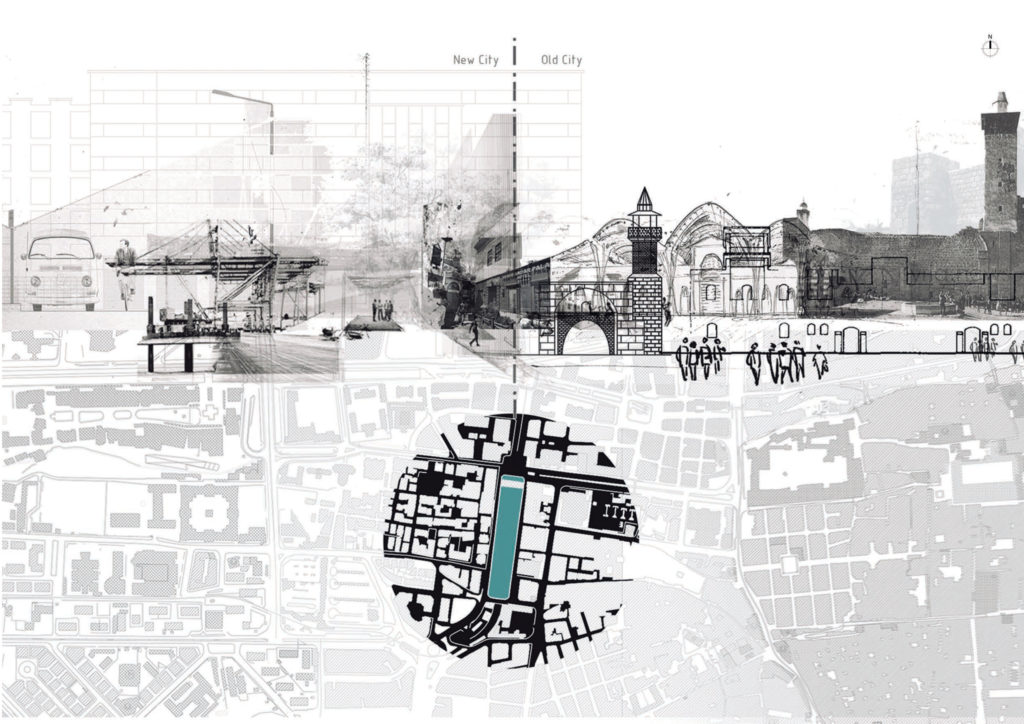
The only existing structure currently on site is the Hejaz ticketing building that remains.
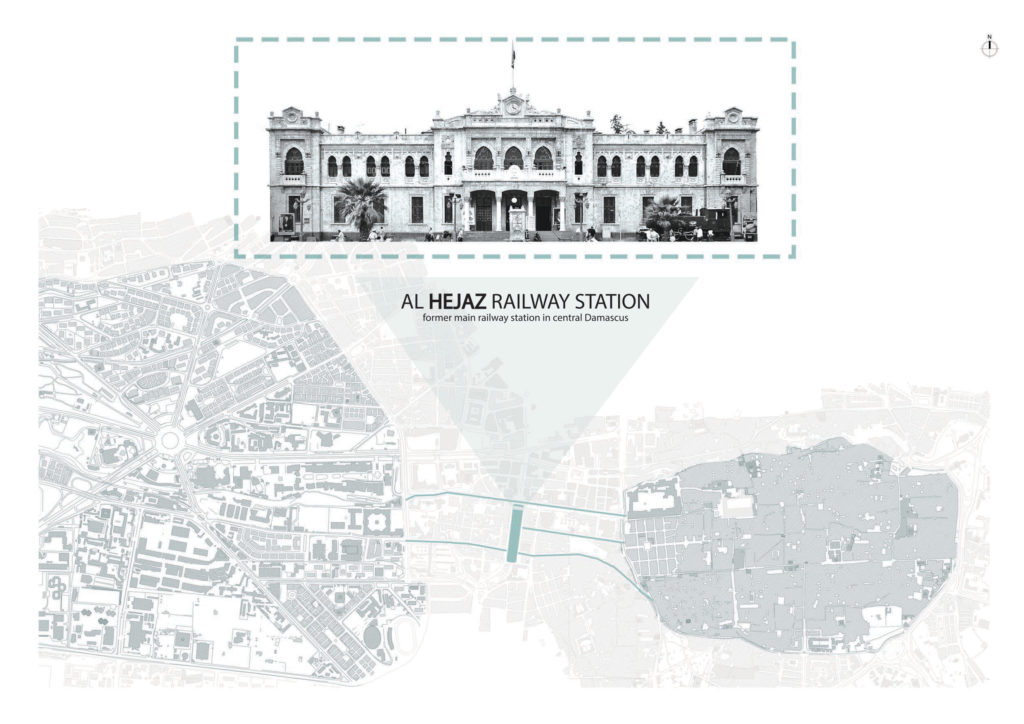
Going back in time, we see how the Hejaz formation has played a great role in the split of the city into two.
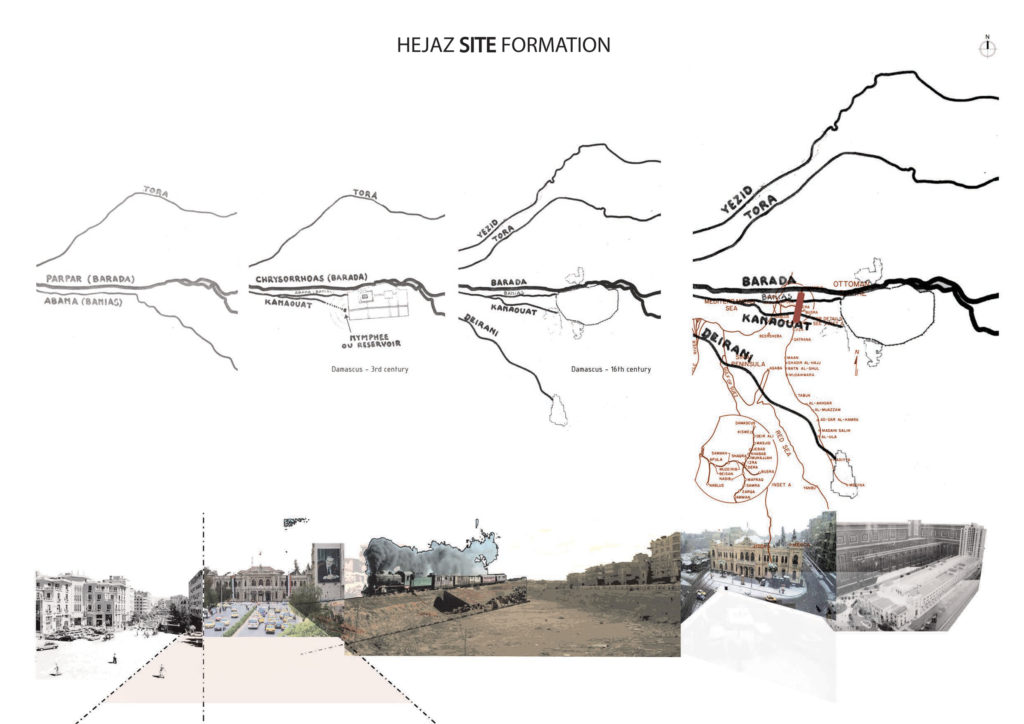
Rivers used to flow horizontally to nourish the Old City, then thy dried out and were replaced by a railway station that only lasted seven years. Currently, the site is a four meterdeep excavated plot underground.

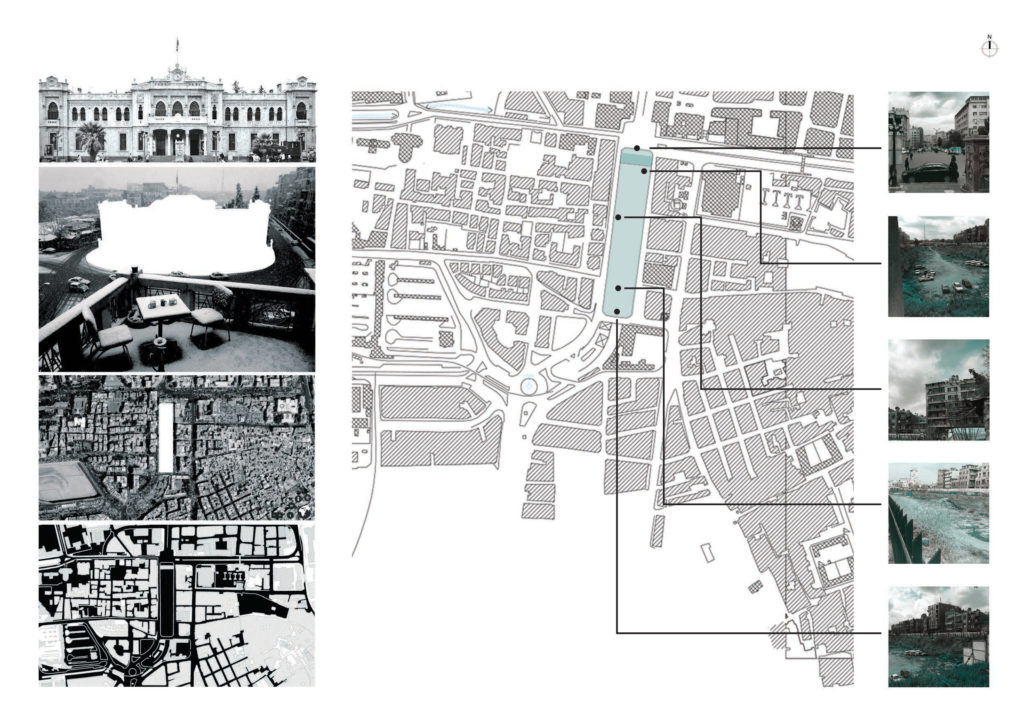
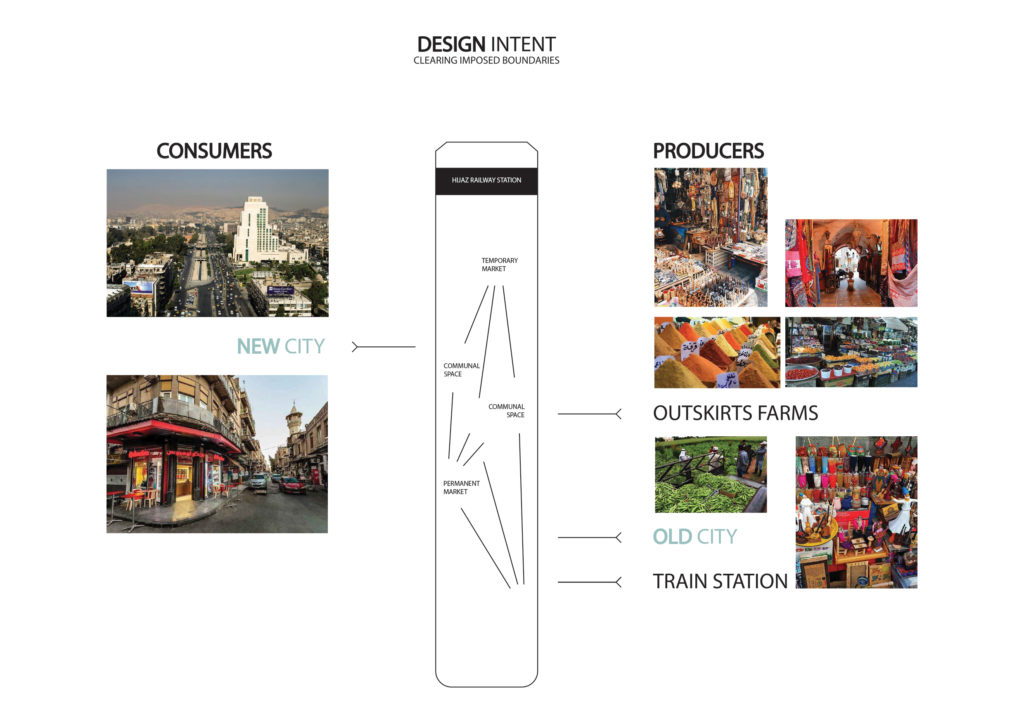
The design intent is to clear the imposed boundaries between the producers and consumers within the city by providing them with a green square that caters for a temporary and permanent market along with communal spaces.
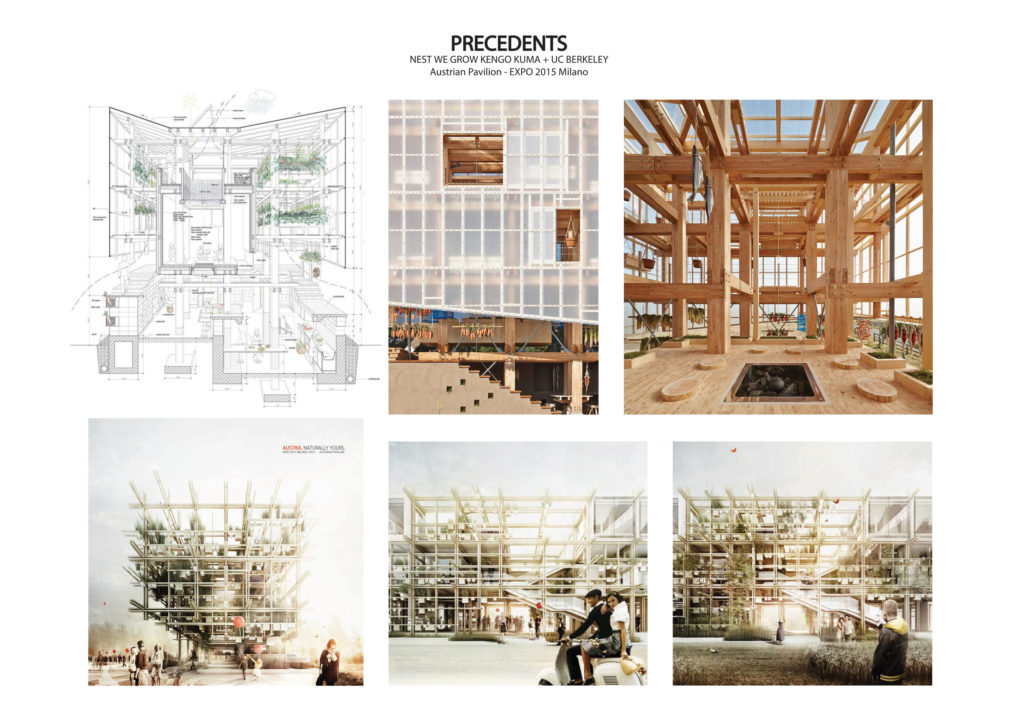
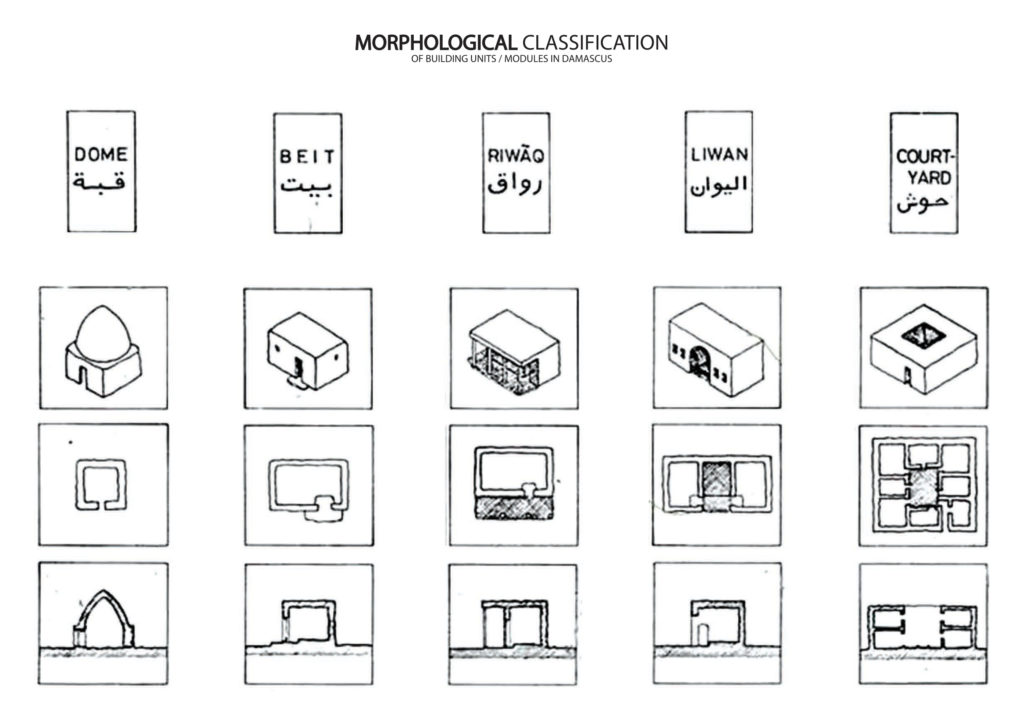
By observing the building typologies within the city, it is notable that courtyards are quite common in many buildings. This is due to the behavior of the courtyard as a temperature regulator within Damascus’s arid climate.

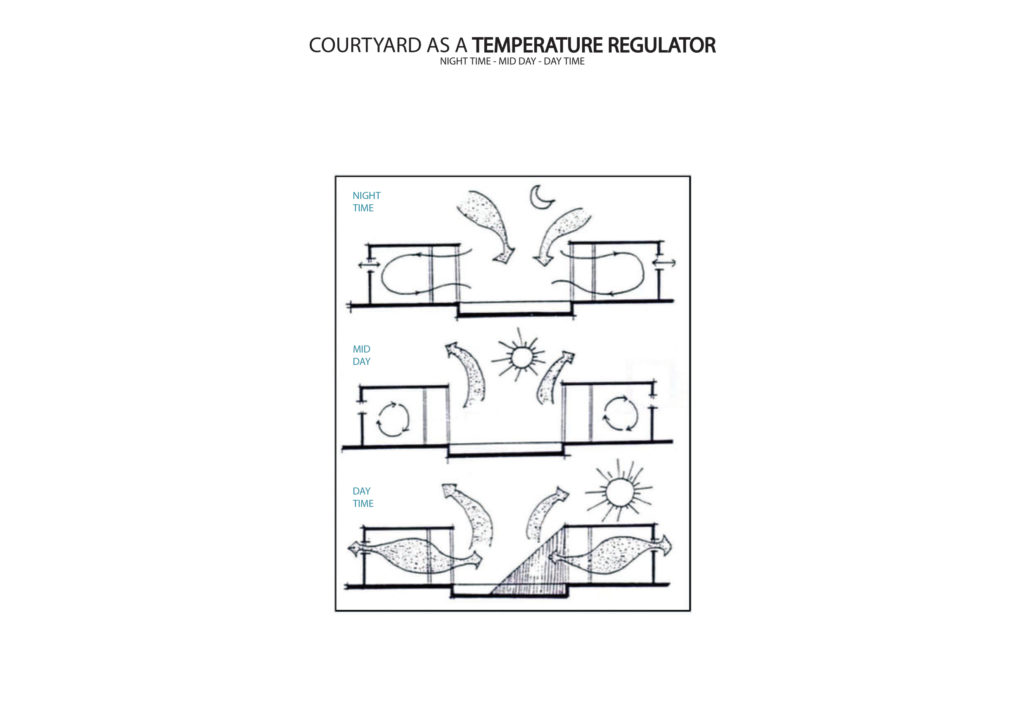
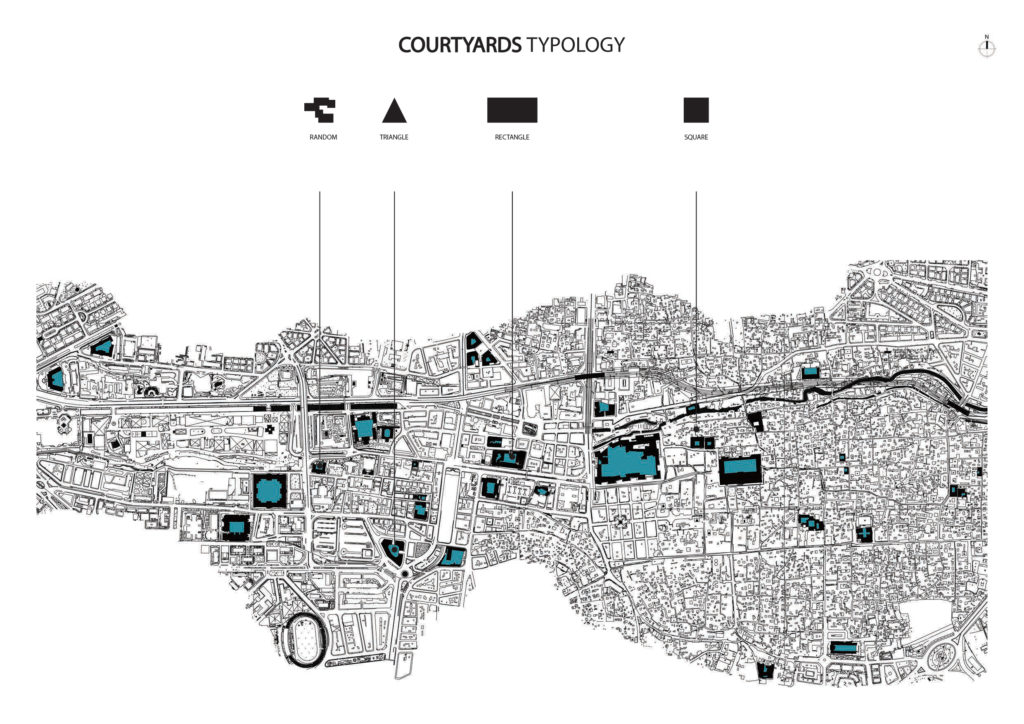
Damascene courtyards can be categorized into square, rectangular, triangular, and randomly shaped. It is quite interesting to compare the climatic behavior of each geometry and the effect of proportions and heights on the perception of thermal comfort.
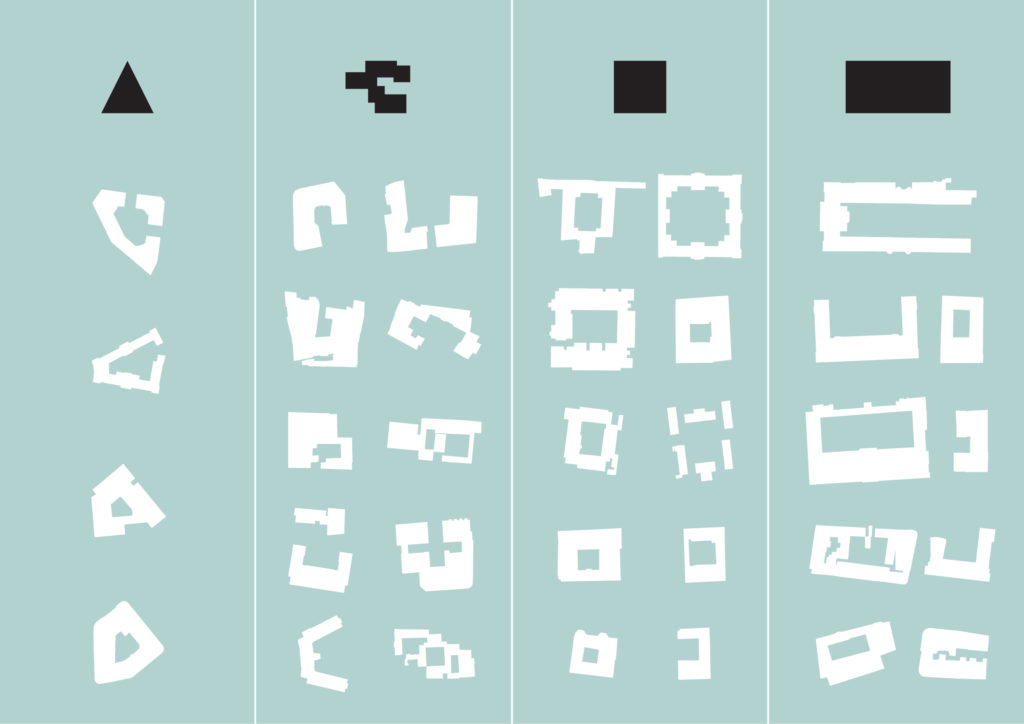


By analyzing the climate conditions on the site and its direct context, one structure that stands out is a courtyard building (northeast) which clearly embodies its defining notion as a temperature regulator.
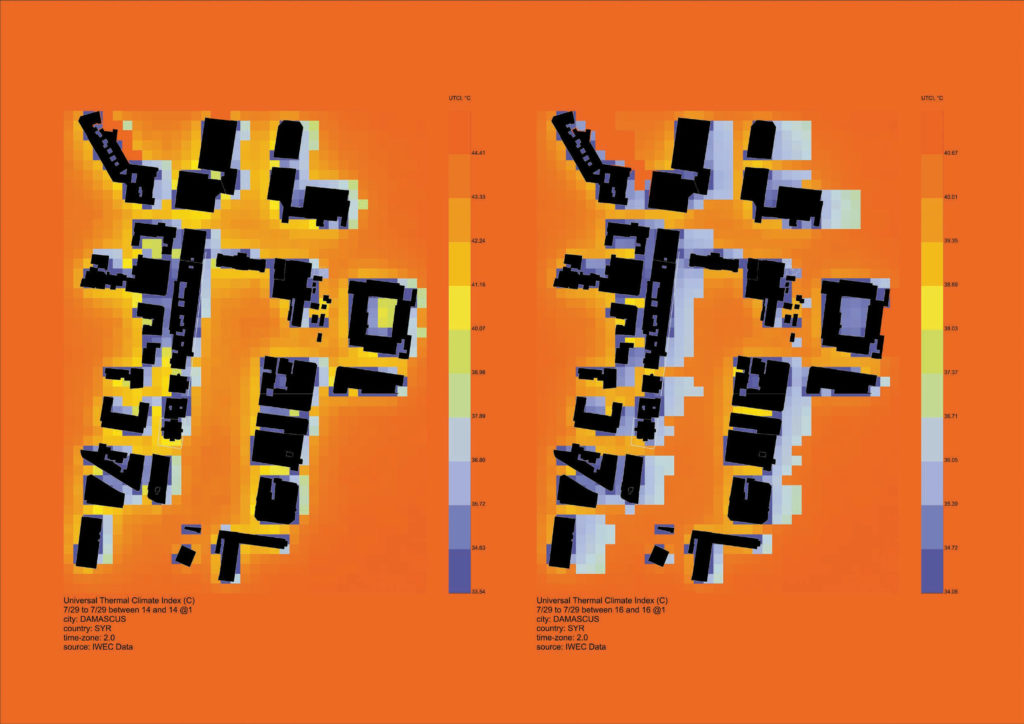


With the idea of generating a series of courtyards within the market, site limitations and existing guidelines and access points draw the bounding lines and potential voids on site. The site is then subdivided with both vertical and horizontal lines.
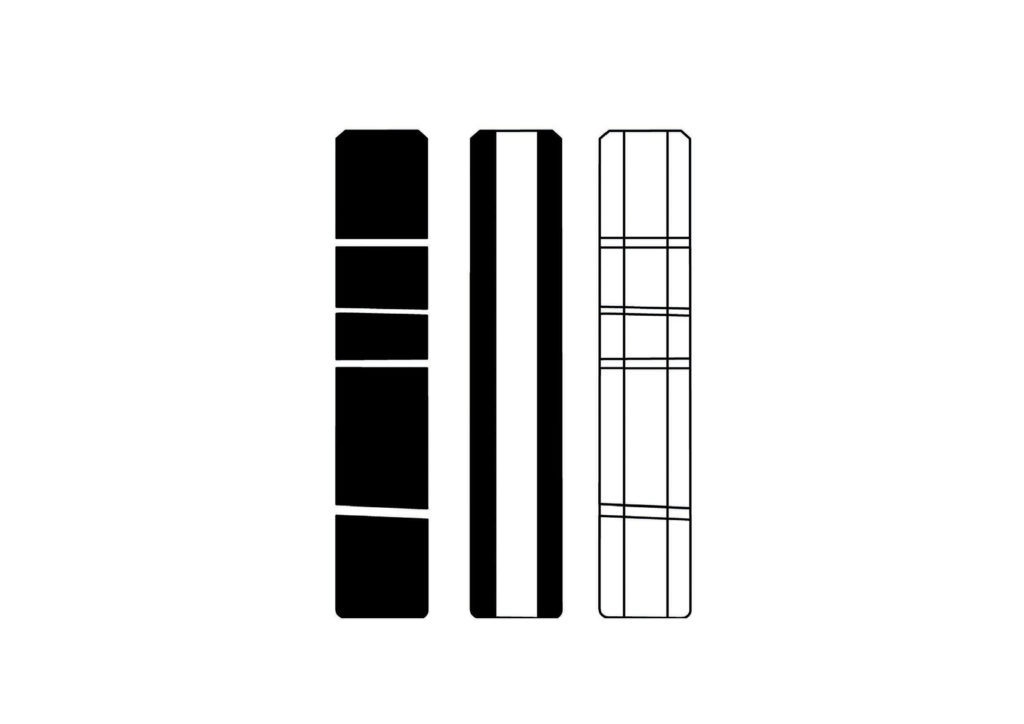
A series of design options were generated and organized into a matrix based on mass-void density from least dense with voids on the bottom left to most dense on the top right. A few steps of filtration based on program opportunities, experience, and climate conditions then define the final selected structure.

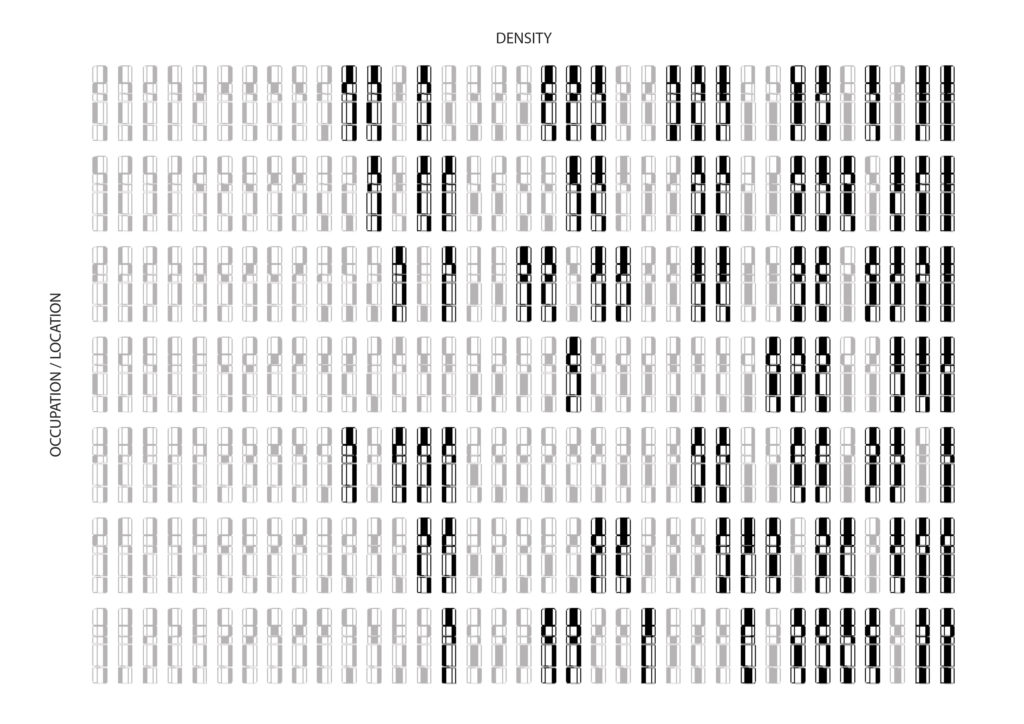
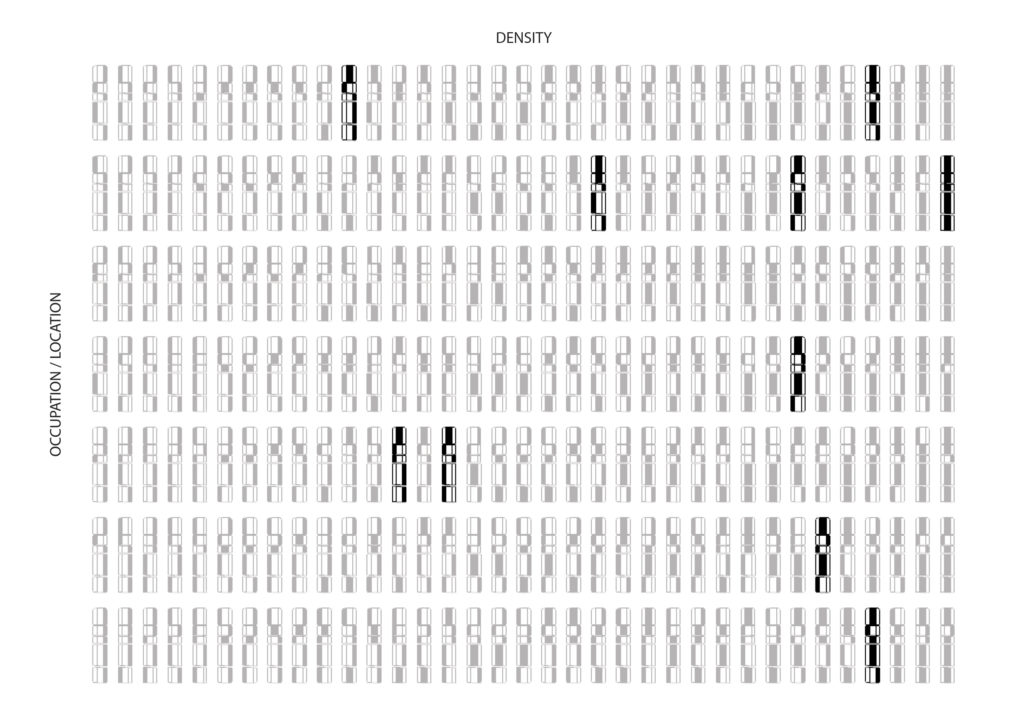
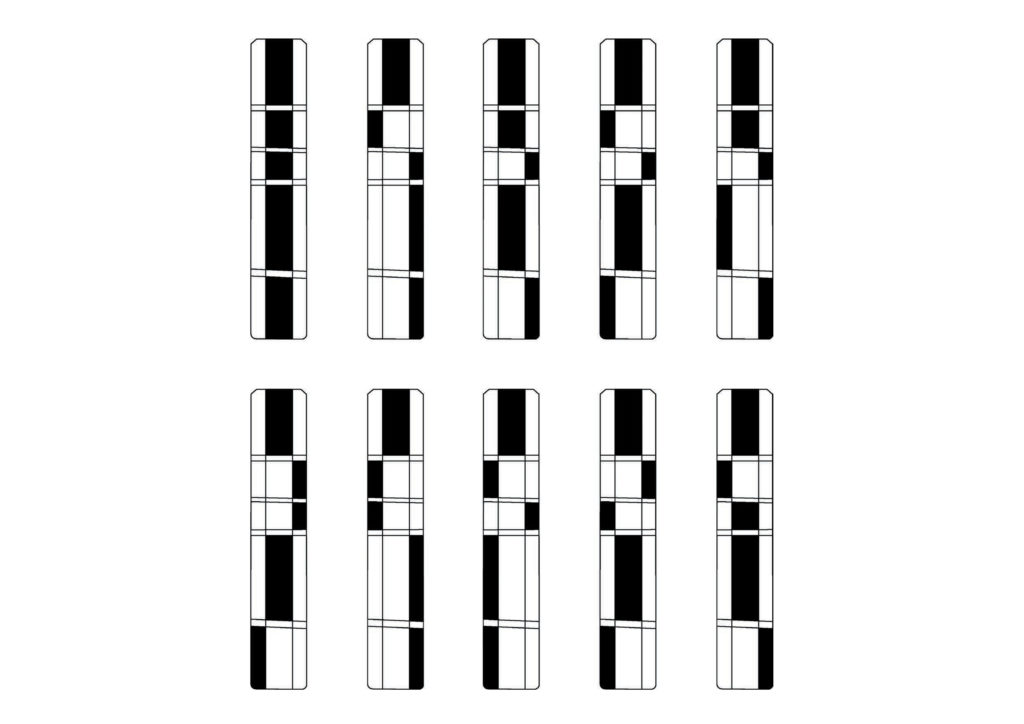
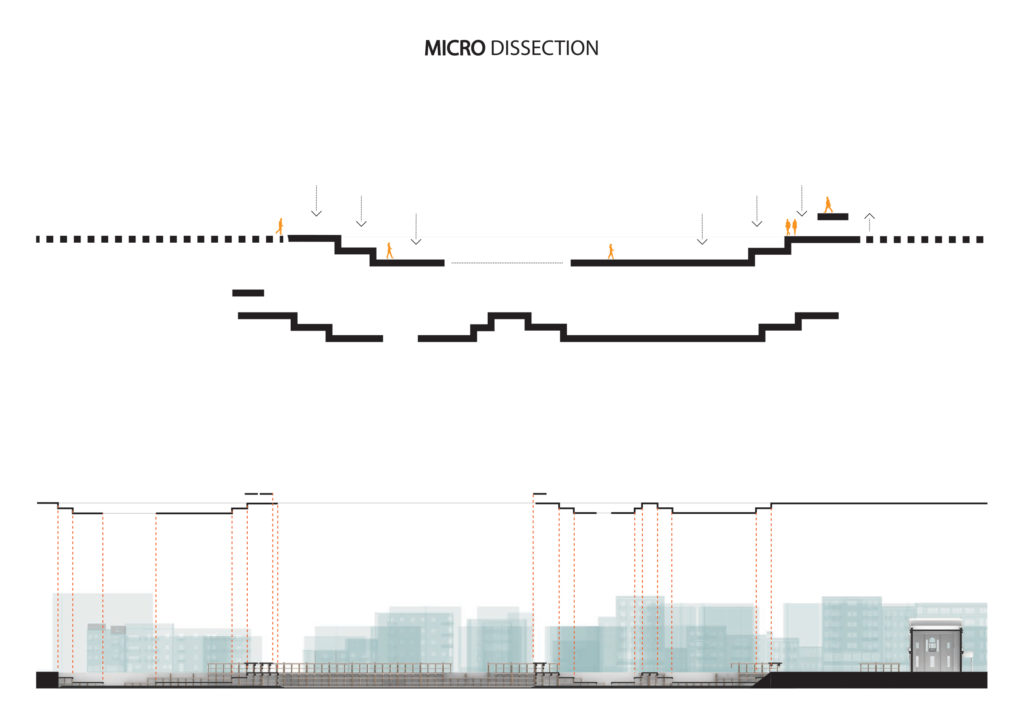
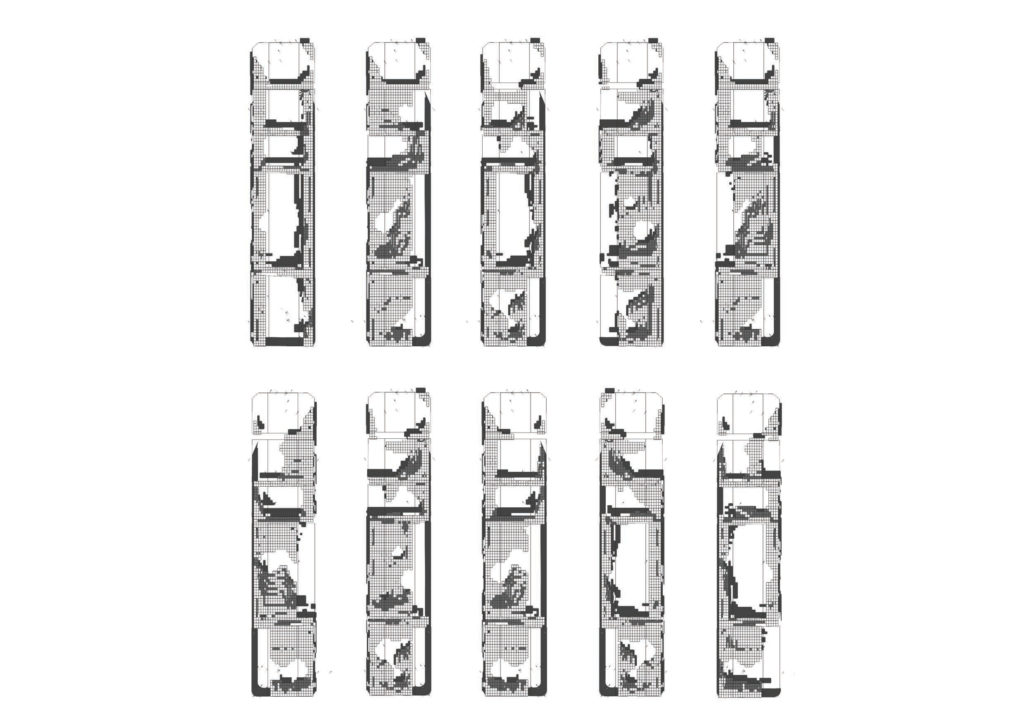
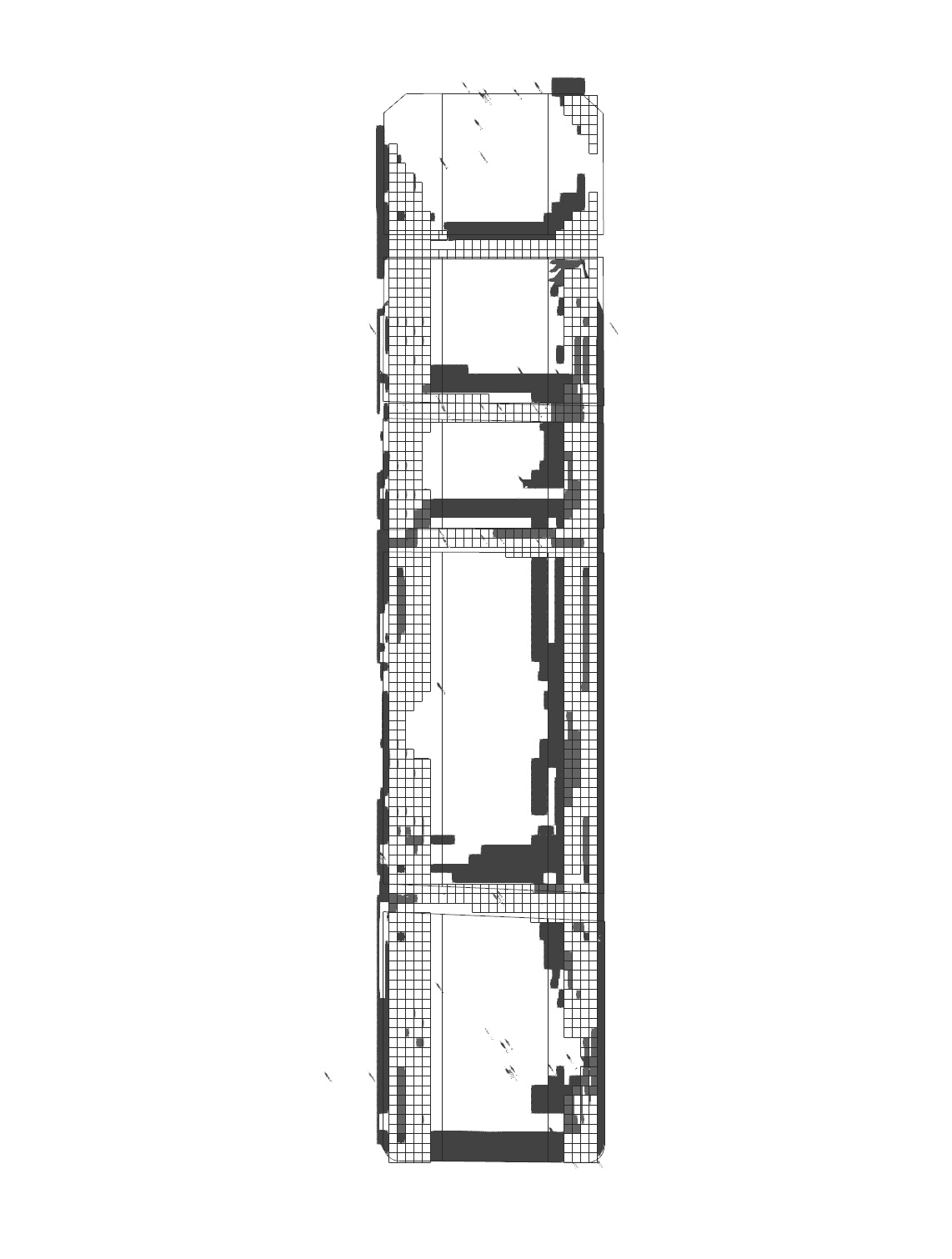


Within the massing, the structure and the dimensions of the grid are optimized to have the most efficient timber construction that made sense with the program within the market.
